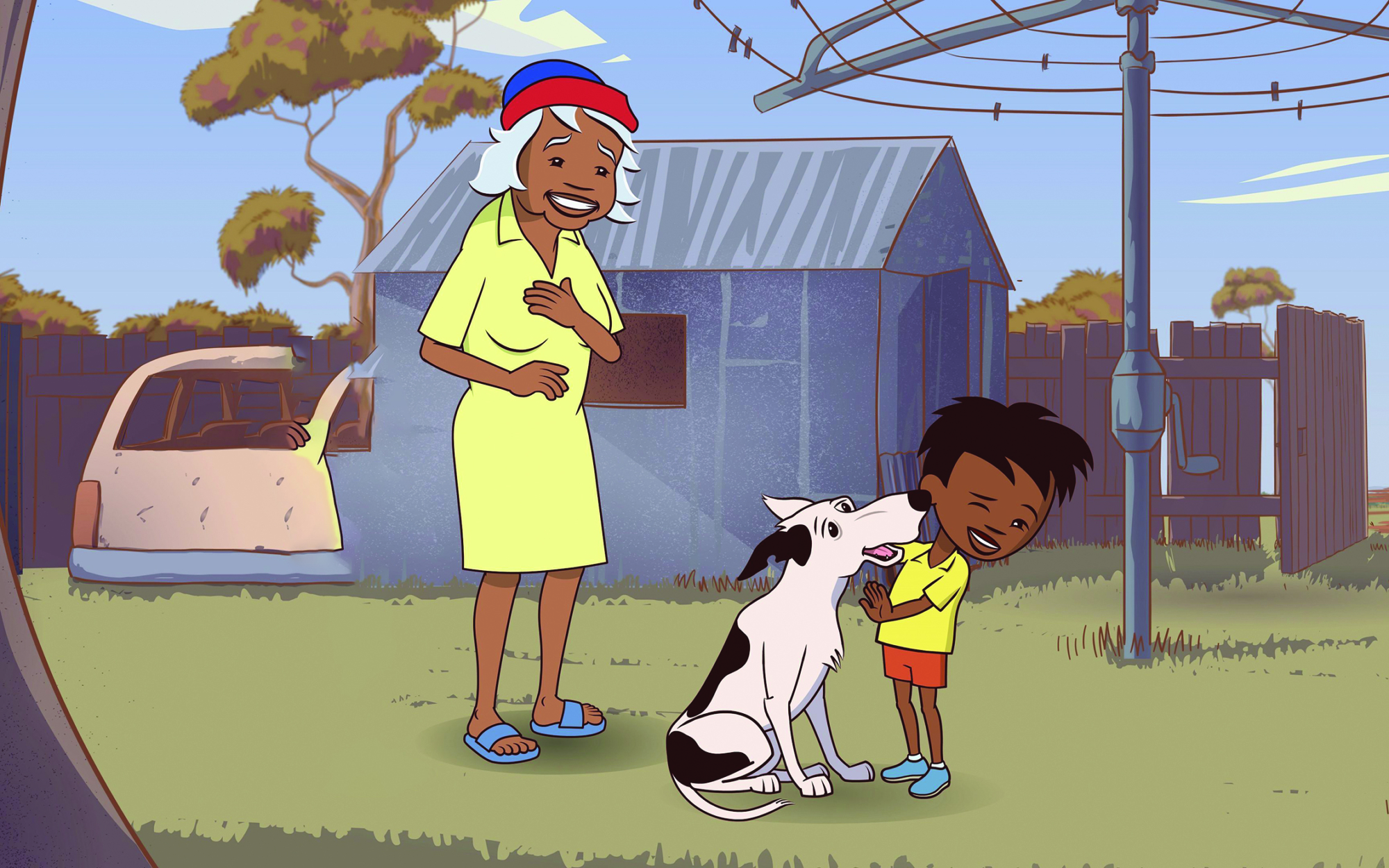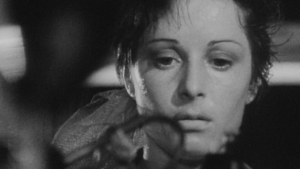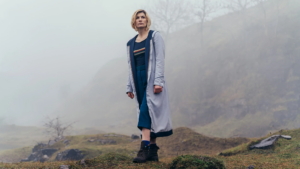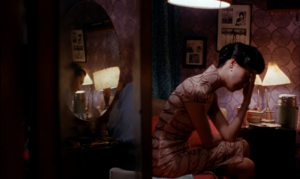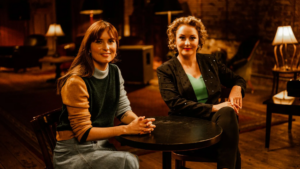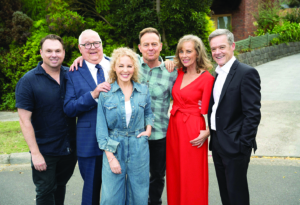The Australian Children’s Television Foundation (ACTF) turned forty in March. Funded by the federal government as well as every state and territory government in Australia, the non-profit organisation has long been a champion of diverse and targeted productions that are aimed at children as well as families more generally. Its chief priority is supporting quality programming that promotes and reflects Australia – a brief that is necessarily costly in both financial and cultural terms.
Over its history, the ACTF has made the memories of many Australian childhoods. Depending on your age – and on whether you’ve been the kid on the couch or the carer sitting with them – you have the organisation to thank for shows like Little Lunch, Lockie Leonard, Lift-Off, Touch the Sun, Dance Academy and hoopla doopla!, to name just a few.
On its website, the ACTF describes its main roles as to ‘provide assistance and support for children’s media that delivers on our aspirations for the children’s audience’ and to ‘distribute children’s media all over the world’. The foundation’s chair, Janet Holmes à Court, has described its brief in similar terms:
Each show [we contribute to] goes out into the world, delights audiences everywhere, and lives on in the dreams and aspirations of each generation watching.
The shows we support reflect our Australian values, the diversity of our community and our sense of humour, but they are watched by children in more than 170 countries as well as children here. The world has changed and the way we watch television has changed, so we’ve had to evolve and adapt to keep up. Australian children’s television is such a precious and valuable gift to our culture[.] I do hope it goes on forever.
Importantly, as Australian cultural values and approaches have developed and changed over time, so too have the projects the ACTF has contributed to. A case in point is First Day, which is world-leading in its representation of young trans people. Written and directed by Julie Kalceff, the series tells the story of Hannah (played by trans actress Evie Macdonald), a twelve-year-old transgender girl starting high school. There is such authenticity in the work but also ordinariness to it; this is representation that shows the many children and families watching in and beyond Australia what inclusion really entails. Screened locally on ABC ME and iView, it has since made it around the world, picking up critical acclaim along with some impressive gongs including an International Emmy, GLAAD Media prize and Rose d’Or award.
Another triumph is Little J & Big Cuz. It’s not the first children’s show to feature First Nations stories, but certainly the first to offer the option to watch and learn in a variety of First Nations languages: viewers can either listen to characters voiced in English by icons like Deborah Mailman and Miranda Tapsell or hear a variety of different artists voicing the characters in languages including Kija, Noongar, Warlpiri, Djambarrpuyngu, Torres Strait Creole and reclaimed Tasmanian tongue Palawa Kani.
As Mailman told NITV News,
I love that [Little J & Big Cuz is] about two Indigenous kids and we are watching their adventures and them growing up in the world and that they are being taught what it means to be on country. And this show shows the diversity of what country means.
Focusing on the two main kids and their adventures with their nanna and pet dog, the chief appeal of the show lies in its nuance and warmth. Intergenerational learning is key, as is a mixture of old and new.
When the show launched in 2017, Little J & Big Cuz designer and director Tony Thorne told the ABC that he wanted to create something that ‘feels natural and is appealing’, and away from ‘caricature’. But he also pointed out how overdue this kind of work has been: ‘It’s a terrible thing that a show like this hasn’t already been done.’
Looking to the future, the ACTF has its sights firmly set on the possibilities of streaming. As well as launching a research partnership with Australian Children’s Television Cultures, a group at Swinburne University exploring the legacy and continued impact of the sector, the foundation has lobbied to raise awareness of the importance of quality programming for children on streaming services. A particular focus is on audiences as they develop from early and middle childhood – you might say ‘beyond Bluey’ – towards middle and late teenage years. With each new generation having more screens to contend with than the last, long may the ACTF’s good work in ensuring quality and representation continue.
